Now a firmly established event on the country’s motorsports calendar, the Vios Challenge, which originated as part of the TOYOTA GAZOO Racing Festival (TGR Festival), is the most lucrative motorsports event in the country. In total, more than a half a million ringgit in prize money is offered by organisers UMW Toyota Motor and GAZOO Racing Malaysia.
After 5 seasons of the one-make series, there now exists a large base of Toyota Vios cars in Malaysia which have been specially prepared to meet the regulations of the series. These regulations strictly require all the cars to be identical in specifications with stock standard drivetrains as well as suspension and tyres. The aim is to equalise the performance aspect of the machine and make the races about driving skills and experience.
The large base of race-ready cars had encouraged UMW Toyota Motor and GAZOO racing Malaysia to broaden the activities so that the owners have more races to participate in. One of the additional races on this year’s calendar is the GAZOO Racing Vios Sprint Cup in the Malaysia Championship Series (MCS) this weekend (May 21/22) at the Sepang International Circuit.
A total of 38 drivers will start the first ever running of the GR Vios Sprint Cup, which will have two 1-hour races on Saturday and Sunday, with two-driver teams competing in 3 generations of Vios vying for total prize monies amounting to RM60,000.
The GR Vios Sprint Cup is run independently of the Vios Challenge, and there will be 2 rounds within the MCS, with each round offering two races. However, the regulations for the GR Vios Sprint Cup are similar to those of the Vios Challenge with regard to all the cars being identical in specification and preparation, with the only differences being the driver behind the wheel and the paint scheme on the bodywork.
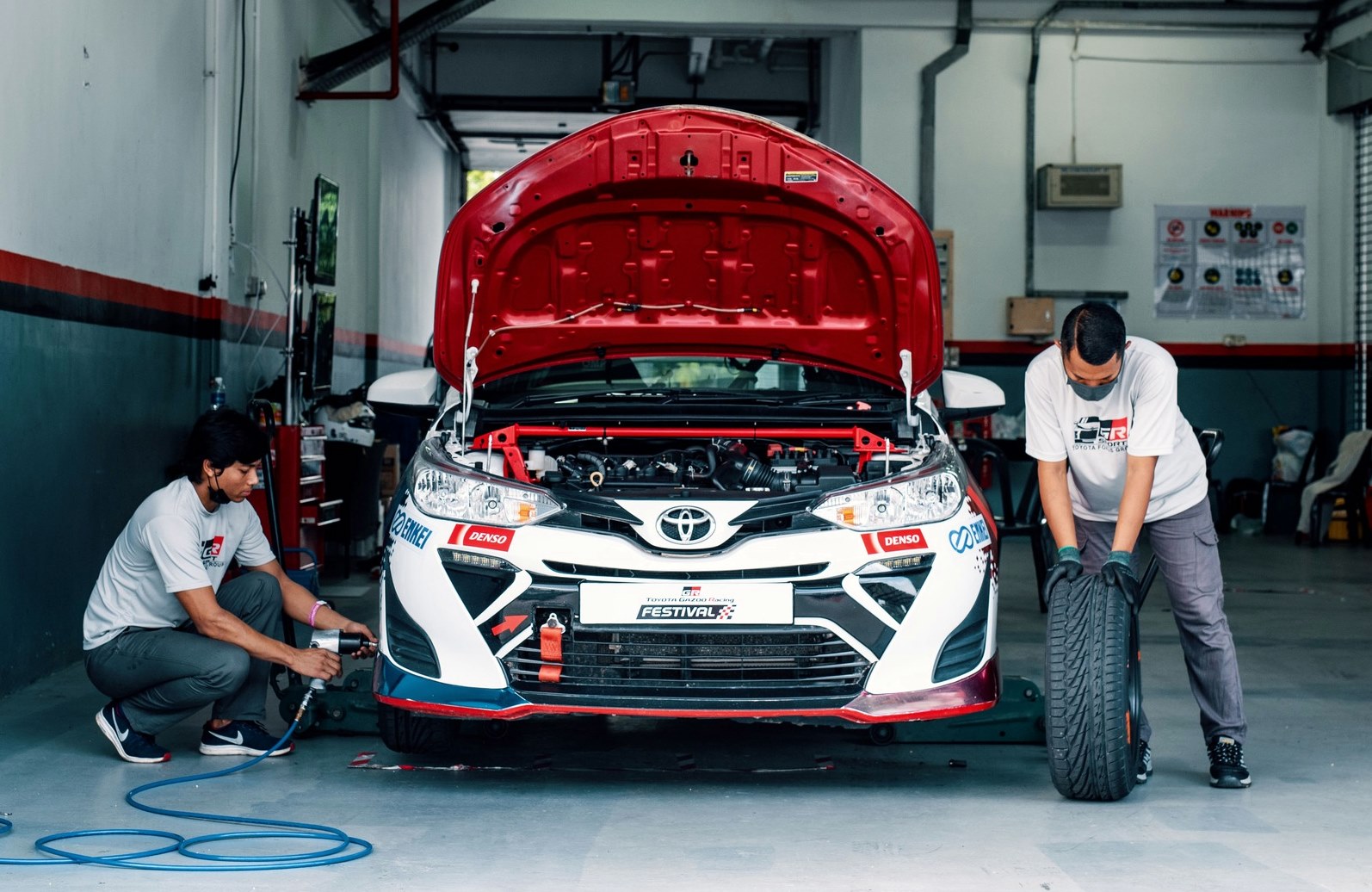
Not surprisingly, the event has attracted many top local racers with varying levels of experience, virtually all of whom have taken part in the Vios Challenge. These include experienced contenders like Tengku Djan Ley, Mark Darwin, Mohd Fariqe Hairuman, Eddie Lew, Boy Wong and William Ho, as well as what can be regarded as the next generation of racers. These are drivers like Naquib Azlan, Hayden Haikal, Mika Hakimi, Nabil Azlan, Bradley Benedict Anthony, Timothy Yeo and Alister Yoong.
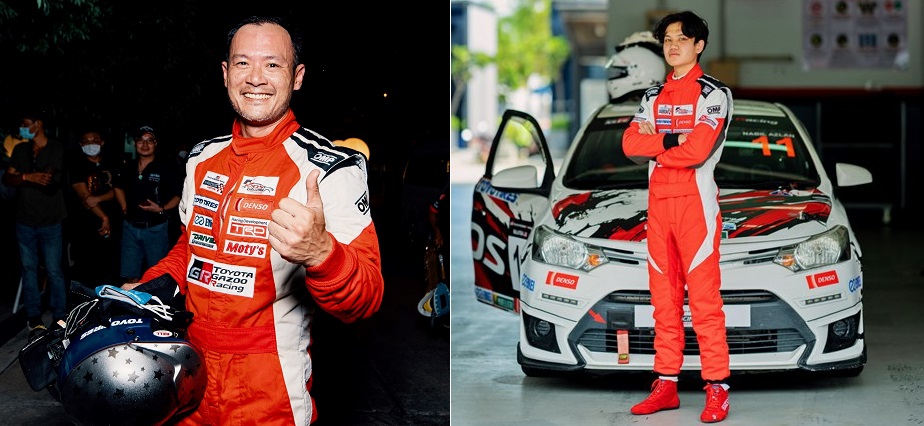
To level the playing field further, the race prohibits 2 experienced drivers from racing together in the same car. Driving for Prima Pearl TD Racing, Tengku Djan will thus partner teenager Mika Hakimi this weekend, while Mark Darwin, another strong contender, will team up with another teenager, Bradley Benedict Anthony for Laser Motor Racing.
Axle Motorsports meanwhile, will field 2 all-teenage teams with the first pair of drivers consisting of Hayden Haikal and Naquib Azlan, and the second car driven by Alister Yoong and Muizz Musyaffa.
Race 1 of the GR Vios Sprint Cup on Saturday will see both drivers driving in two separate qualifying sessions, with the faster driver required to start the 1-hour race before making a mandatory pit-stop for a driver change. In Race 2 on Sunday, which will start as a reverse grid order based on the results of Race 1, the slower driver of the pair will start the 1-hour race and again required to make a mandatory pit stop. Both races will be a rolling-start format.
“Unlike the Vios Challenge which is usually confined to approximately 30 minutes of racing, the GR Vios Sprint Cup is designed to up the ante and to double the excitement on the track. In a full-blown endurance race, racers will pace themselves, but this is a 1-hour sprint to the finish which means the drivers will be going all out for 60 minutes from the very first corner in order to maintain an edge,” said UMW Toyota Motor’s President, Ravindran K.
“Since UMW Toyota Motor began committing itself to motor racing in 2017, the objective has always been to see how we can contribute to not only the growth but to make Malaysian motorsports even more vibrant. The format of a one-make race has proven to be an incredibly successful formula, attracting not only professionals and experienced racers, but also newcomers and young talent. The GR Vios Sprint Cup continues this tradition but by changing the dynamics of the race, continues to generate enormous interest and participation which we hope will help to create more excitement in Malaysian motorsports,” he said, adding that there will also be the GR Vios Enduro Cup in conjunction with year end’s Sepang 1000Km Endurance Race.
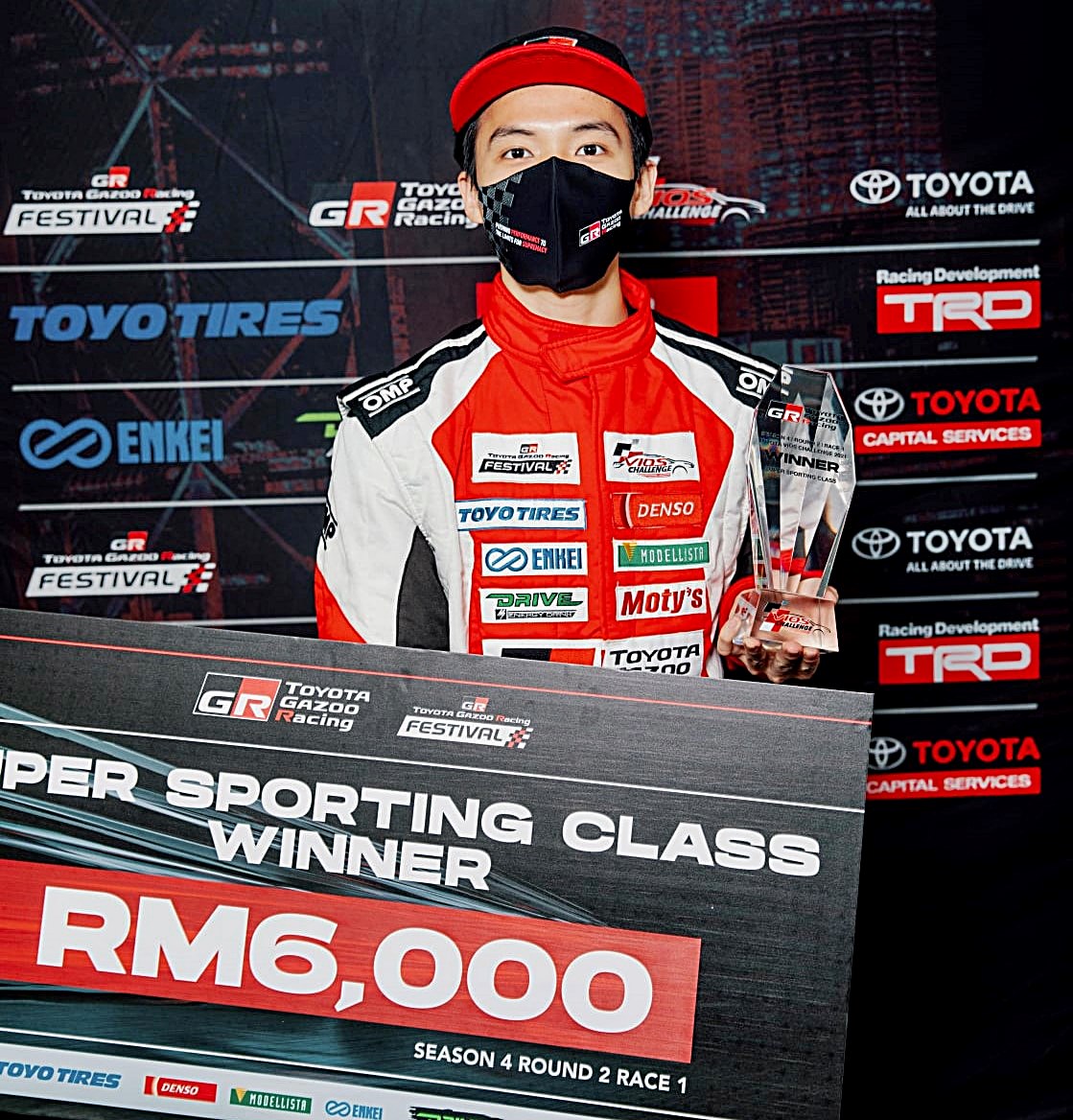
The overall champion in each of the 2 races at the GR Vios Sprint Cup stands to win RM10,000 cash, followed by RM8,000 for the first runner-up, RM6,000 to the third-place winner, and RM4,000 and RM2,000 for the fourth and fifth placed winners, respectively. In total, the Vios Sprint Cup offers prize monies amounting to RM60,000 per round.
UMW Toyota Motor is also putting up an additional RM30,000 in prize monies for its Toyota dealer teams making the GR Vios Sprint Cup the second most lucrative racing event in Malaysia next to the Vios Challenge.
With pandemic-related restrictions now eased, spectators are allowed to be at the racetrack to watch the races this weekend. Or you can also watch the live broadcasts UMW Toyota Motor’s Facebook page from the comfort of home. Click here for more information on GAZOO Racing Malaysia’s activities.
GAZOO Racing to have 11 races in 2022 with addition of Vios Sprint Cup and Vios Enduro Cup
A Ferrari is already an exclusive machine when it leaves the factory but virtually none are ‘stock standard’ as every owner will want to personalise their car in some way. After all, when you have paid that much, what’s a little bit more to add something to make it unique? That’s what Ferrari’s bespoke Tailor Made department offers – an exclusive programme for those who wish to customise any element of their car.
Many of the cars that the Tailor Made department works on are not publicised as the owners may prefer the privacy, but there are also some cars that do become public and this one-of-a-kind Roma model is one of them. Crafted with exquisite traditional Japanese-inspired detailing while retaining the clean, sophisticated elegance of the original car.
This particular car’s story began when Evan Orensten and Josh Rubin, the founders of the American publication COOL HUNTING, were offered, and accepted, the opportunity of customising a Ferrari Roma. The idea was to explore how far Ferrari’s bespoke personalisation programme could go and really push the boundaries.
The project started off two years ago with the first of several research trips to Japan where they immersed themselves in the country’s traditional crafts and artisanal methods. Then they proposed bringing some of those ideas and unique materials into the Tailor Made journey as envisioned by COOL HUNTING, and conveyed this to Flavio Manzoni, Ferrari’s Chief Design Officer, at the Ferrari Tailor Made showroom in New York.
Manzoni and his team were inspired by the parallels between Italian and Japanese culture and design philosophy: a single-minded devotion to quality, an emotional involvement with the client, and exquisite skills in craftsmanship that have been passed down from generation to generation.
An idea formed – to create a Ferrari featuring some of the unique materials developed from traditional Japanese techniques while employing Ferrari’s customary innovation to modify them to accommodate the requirements of durability and functionality that a modern high-performance car demands.
Traditional Japanese indigo dyes inspired the Roma’s colour scheme, particularly the vivid blue exterior paint which was specially developed for this car and named Indigo Metal. This vivid colour perfectly enhances the purity of the Roma’s shape – light appears to flow over its bodywork, accentuating its lines through highlights and shade.
Indigo features prominently in Japanese design culture, and the traditional dye is produced naturally. COOL HUNTING had visited Toyama, one of only 5 remaining indigo farms in Tokushima, Japan’s traditional indigo-growing region. They learned that the dye comes from a green plant which, when harvested and fermented, becomes sukumo, traditional dried Japanese indigo that is mixed with lye, sake and limestone powder to create authentic Hon-Ai indigo dye. Because of its anti-microbial properties, it was traditionally used for linens, bedding and clothing.
The same colour palette is used to tie together the vehicle’s exterior and interior into one subtle, holistic statement. The indigo shade is also found in the sakiori fabric used for the seat trim inserts and the carpets.
Sakiori is one of the world’s oldest examples of upcycling, dating from the 1700s when cotton and silk were available only to Japan’s nobility and the very wealthy. Worn-out kimonos were disassembled, their fabric cut into strands and rewoven with new fibres, creating a material that was both warm, comfortable and durable. The word comes from the Japanese saku (to rip up) and oru (to weave).
An innovative solution was identified in making sakiori a viable material. Two vintage kimonos originally made in Amami Oshima, an island in Japan’s southern archipelago were used — an indigo-dyed kimono approximately 75 years old and one approximately 45 years old, dyed in both indigo and the island’s celebrated Amami Oshima Tsumugi mud-based dye.
The indigo theme is carried through to the Roma’s headlining – a beautifully detailed piece of craftsmanship and design which is exclusively experienced by those sitting in the car. It is made up of two indigo-dyed hides made – one with a unique solid colour crafted to match the car’s colour scheme, and a hand-painted hide using a method which can be traced back to the 8th century.
The hides were then sent to Italy, where they were cut into strips and hand-woven by Italian artisans in a process called intreccio, forming an elegant one-of-a-kind work of art.
The Roma’s interior door handles also take their inspiration from Japan – they are enclosed in tightly hand-woven strips of black leather in an homage to tsukami, the ancient art of wrapping the grips of Katana swords.
The COOL HUNTING team were further inspired by a visit to Kaikado, a Kyoto-based family business known for its iconic copper tea canisters. Now made by the fifth and sixth generations of the family, the canisters are so skilfully crafted that they form a vacuum seal as the lid gently falls onto the body. The copper also adopts a unique natural patina with use.
Inspired by this, copper plating is found in details on the Roma’s gearshift gate surround and levers, which were plated in Japan. The outline of the dual cockpits, the wheel rims and the kamon are also made in this colour.
The unique crest on the car’s dedication plate on the central armrest and door sills is a custom-made ‘kamon’, a symbol passed down from generation to generation in Japan. Designed by Kyogen, it represents a wheel from an ox-drawn carriage (popular transportation among aristocrats during the Heian period between 794 and 1185) combined with the 8 pistons of the Roma’s V8 engine forming its spokes. The numeric theme is continued in the eight wave crests that encircle the wheel – symbols of good luck, power and resilience.
The phased motor insurance de-tariffication process liberalises the fixed pricing for motor insurance that has been in place in Malaysia for over 30 years. In this new environment, the insurance industry has been gaining the flexibility to offer motor insurance coverage with new features at market-based pricing based on the risk behaviour of the policyholders.
This means, in time to come, motorists will benefit from varying coverage limits customised to match their individual risk profiles. As is the case in a number of countries around the world, credit scoring plays a part in allowing those with good credit scores to enjoy lower premiums for their car insurance.
CTOS, the well known credit reporting agency in Malaysia, aims to enter the car insurance industry by expanding its range of services to provide insurance coverage for motor vehicles. Its subsidiary company, CTOS IDS Sdn Bhd, has launched CTOS Car Insurance, an online platform for car insurance and road tax renewal.
The new service is in collaboration with PolicyStreet.com. which is operated by Polisea Sdn Bhd, an insurance technology company. CTOS Car Insurance is said to provide a fast, hassle-free opportunity to make price comparisons of policies from more than 10 insurance providers within minutes, allowing motorists to find the best deals in the market.
By comparing quotes from a large range of insurers, CTOS IDS says that motorists will be able to find savings of up to RM1,000 from their current deals.
“The strategic partnership between CTOS and an insurance technology company is the first of its kind in Malaysia. We are proud to have partnered with CTOS and believe the collaboration will pave way to more innovative, customised and inclusive insurance protection, leveraging on credit scores and big data for all Malaysians,” said Wilson Beh, Co-Founder of PolicyStreet.com.
In this new collaboration, the CTOS Car Insurance platform will offer motorists policies from leading insurance providers such as Allianz General Insurance Company (Malaysia) Berhad, Etiqa General Takaful Berhad, Zurich General Insurance Malaysia Berhad as well as other leading companies in the country.

Besides roadtax renewal, the new service also comes with further other benefits. Customers who successfully renew or purchase their insurance via the platform will be able to get a free MyCTOS Score Report to stay on top of their credit health. There will also be further discounts on car insurance quotes based on the value of premiums selected.
“A one-stop centre to get an insurance policy and road tax saves time, provides more choice, and ultimately, allows consumers to make more informed decisions. CTOS Car Insurance reflects how we are focusing our partnership efforts to offer consumers end-end digital solutions in increasingly varied industries. Also, in time, we hope to be able to offer even more value by taking into account credit scores to present consumers better prices, in line with the motor insurance de-tariffication process started by Bank Negara in 2016,” said Eric Hamburger, Group CEO of CTOS Digital Berhad, the parent company of CTOS IDS.
MIB (not Men in Black) can provide compensation when you get hit by an uninsured vehicle
At the 2021 IAA Mobility event in Germany last year, Porsche displayed a conceptual study that was the vision of a fully-electric GT racing car. Called the Mission R, it was intended to show a possible model for customer motorsport in the future.
The sportscar maker has now begun testing the technology components of the Mission R with the 718 Cayman GT4 ePerformance as a test vehicle. Like the Mission R, the all-wheel drive racer uses the chassis of the 718 Cayman GT4 Clubsport with the entire electric motor and battery technology from the IAA conceptual study.
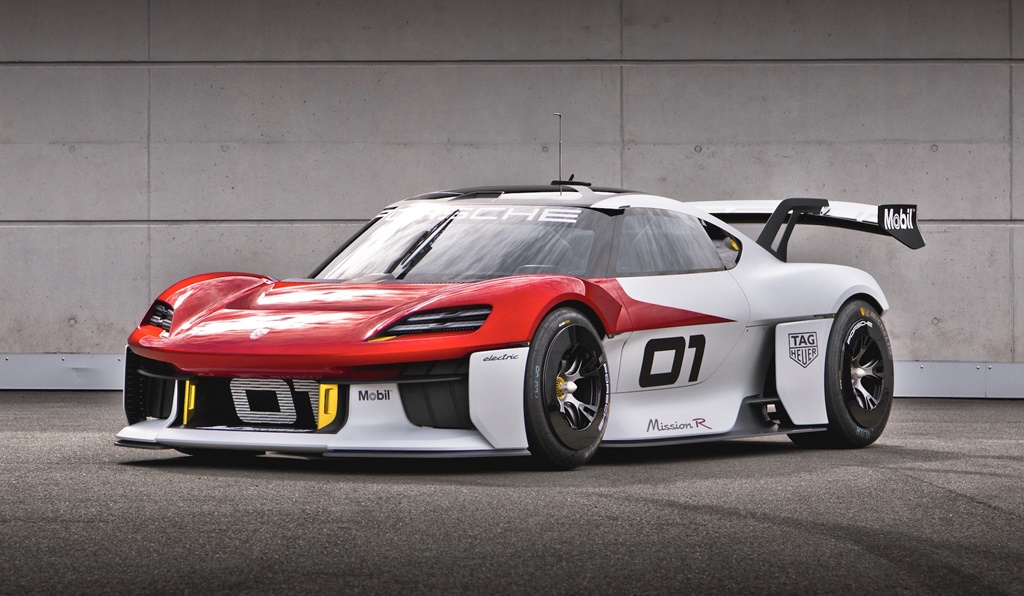
The powertrain has a maximum output of 735 kW (1,000 ps) and can generate still more. In simulated racing, a steady 450 kW (612 ps) is available for 30 minutes – equivalent to the duration of a Carrera Cup race. In terms of lap times and top speed, the 718 Cayman GT4 ePerformance is on par with the performance of the current 992-generation 911 GT3 Cup.
“With the Mission R, we’ve shown how Porsche envisages sustainable customer motor racing in the future. The 718 Cayman GT4 ePerformance now demonstrates that this vision works impressively on the racetrack,” revealed Matthias Scholz, GT racing vehicle project manager. “We’re very excited about the response because a one-make cup with electric racing cars would be an important addition to our existing customer racing programme.”
By 2030, Porsche aims to be CO2 neutral across the entire value chain and lifecycle of its new cars sold. By then, the proportion of all new vehicles featuring all-electric drive should be more than 80%. This development is there important in the light of moving towards greater electrification.
The fully-electric drivetrain has electric motors on front and rear axles for all-wheel drive. The direct oil cooling of the e-motors and battery pack developed by Porsche counteracts thermally induced derating.
“The integration of oil cooling has significantly impacted the vehicle concept,” explained Bjorn Forster, GT4 ePerformance project manager. “With experts in the fields of aerodynamics and thermodynamics as well as high-voltage and bodywork specialists, the development team created an architecture to tap the full potential of the battery cells for the first time, since there is no thermal derating. In this way, the power output in racing mode remains constant for half an hour.”
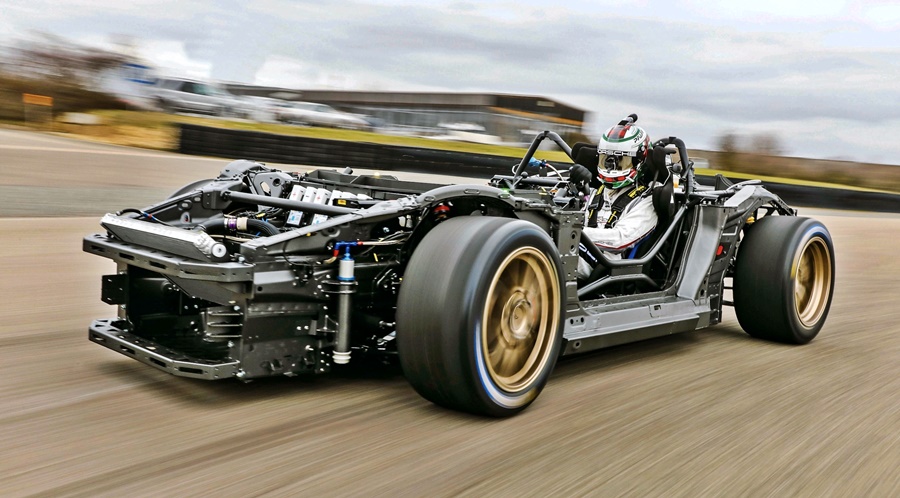
Thanks to 900-volt technology, the state of charge of the battery at full charging capacity jumps from 5% to 80% in about 15 minutes. This is important in future races which may have long durations.
Under the direction of designer Grant Larson, a team from Porsche Style came up with the shape of the 718 Cayman GT4 ePerformance. The racing car is 14 cm wider than a 718 Cayman GT4 Clubsport. About 6,000 parts were designed from scratch and the body is made of natural fibre composite materials. The production is intended to generate fewer emissions than the production of comparable synthetic materials. Recycled carbonfibres are also used for testing purposes.
Compared to the 718 Cayman GT4 Clubsport, the flared fenders allow more room for the wider 18-inch racing tyres from Michelin. Renewable materials make up a particularly high proportion of the tyres.
The GT4 ePerformance Tour
The 718 Cayman GT4 ePerformance will make a dynamic debut at the Goodwood Festival of Speed next month. At the famous motorsport festival in southern England, the concept racing car will take part in the traditional 1.9-km hillclimb event.
Its second outing will be in August at the Porsche factory in Leipzig on the occasion of the factory’s 20th anniversary. The facility boasts a 3.7-km circuit with sections reproducing world-famous racetracks.
The two 718 Cayman GT4 ePerformance demo vehicles will travel through various European countries before heading to North America in early 2023. The world tour concludes in the Asia-Pacific region where it will tour until mid-2024. It’s almost a certainty we will see it at the Sepang International Circuit which is frequently used by Porsche for events.
“The 718 Cayman GT4 ePerformance blazes a trail to Porsche customer racing with electrically-powered racing cars. As a first step, we will unveil this concept to our global partners,” says Oliver Schwab, Project Manager Sales of the 718 Cayman GT4 ePerformance. “With drivers, teams, organisers, authorities and other interested parties, we’re also gathering ideas for Porsche racing formats in the future.”
Porsche Mission R concept sportscar cockpit can also be a standalone simulator
This year is a special year for BMW M GmbH, the high-performance and motorsports division of BMW. It was in 50 years ago, in May 1972, that the small business unit with 35 employees was created and initially known as BMW Motorsport GmbH. It was only in 1993 that the present name was established, by which time its role was a fundamental part of the BMW Group, broadening its scope to more than just competition cars. It exemplified the engineers’ expertise in combining authentic motorsport functionality with exclusive and sporty aesthetics, while producing its own memorable models.
Commemorating the golden anniversary of BMW M GmbH which takes place next Tuesday (May 24), BMW Group Malaysia is now searching for the oldest BMW M model in the country, preferably with every model series represented. If you own or know who had of the oldest BMW M in the country, let BMW Malaysia know at this link.
Winners will stand a chance to receive exclusive BMW M merchandise and a feature of their prized vehicle by BMW Group Malaysia. One winner will be selected for every BMW M model series, with special prizes for notable submissions as well. While the celebration takes place next Tuesday, submissions will be accepted up till June 8, 2022.
“At the BMW Group, M remains the most powerful letter in the world, as it represents our high-performance vehicles born out of pure passion for motorsports. This fascination for power, speed and dynamics has put M on the map since 1972. Fifty years on, we are thrilled to be celebrating the legacy of the BMW Motorsport GmbH with a great community of owners and enthusiasts alike. This milestone is not one we could have achieved without their loyal support throughout these years,” said Hans de Visser, Managing Director of BMW Group Malaysia.
Over the past 50 years, BMW M has given the motoring world many iconic performance cars – models like the legendary M1, M3, M5 and M635CSi. The M1 was the first-ever official M car, making its debut in 1978. Only 456 units were produced with pure racing technology that continues to be admired to this day.
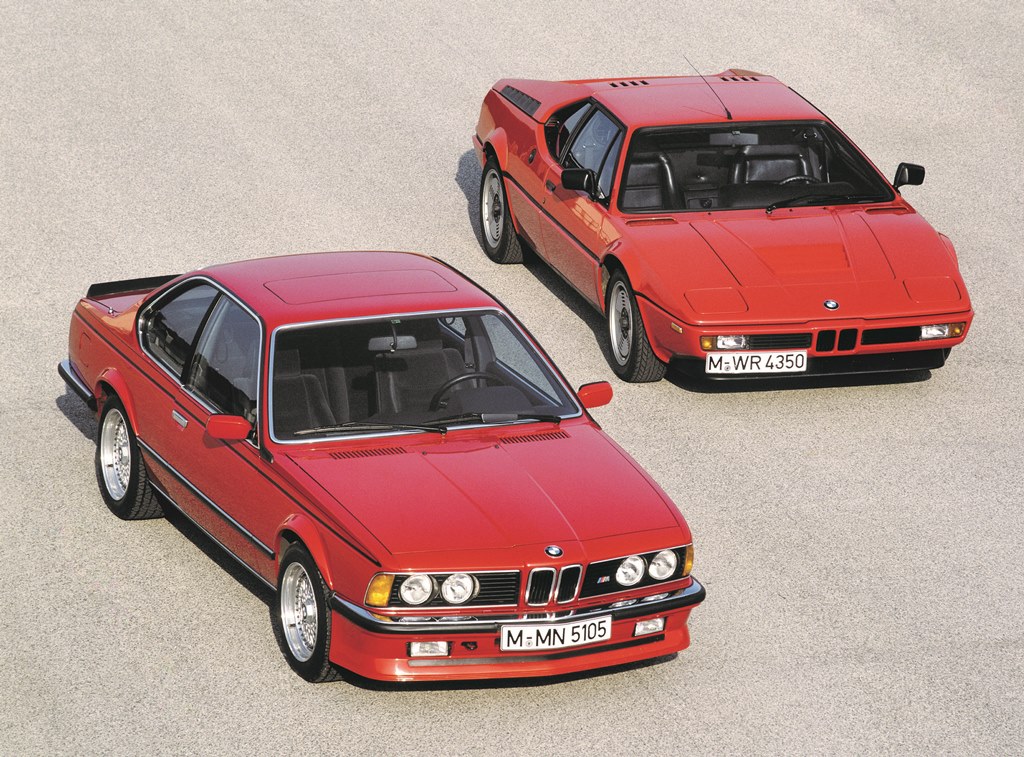
The M635CSi is one of the most significant models in the history of BMW M. In 1984, the 4-seater continued the concept of high-performance 6-cylinder in-line engines that the M1 had established earlier. But like no other BMW M model before it, it embodied the ultimate symbiosis of luxury and high performance. Dubbing it ‘Sharknose’ and ‘Bayern-Express’, the first ‘Six’ had a production period of over 13 years – from 1976 to 1989 – making it BMW’s longest lasting series.
Although BMW M focused almost exclusively on the construction of performance and racing cars, many BMW enthusiasts were also looking for the BMW M power and badging on road cars. The M5, which premiered in 1985, offered high performance with elegance in its segment.

It was followed by the M3, launched in 1986, which quickly became one of the most iconic BMW M vehicles in the line-up for its numerous championship victories in touring car racing, while also performing impressive on the road.
BMW M has followed market trends and as even enthusiasts came to appreciate SUVs, it developed the X5 M and X6 M, the first M models with 4-wheel drive and turbocharged engines. Today, the BMW X family members with M badges include the X3 M Competition and X4 M Competition.
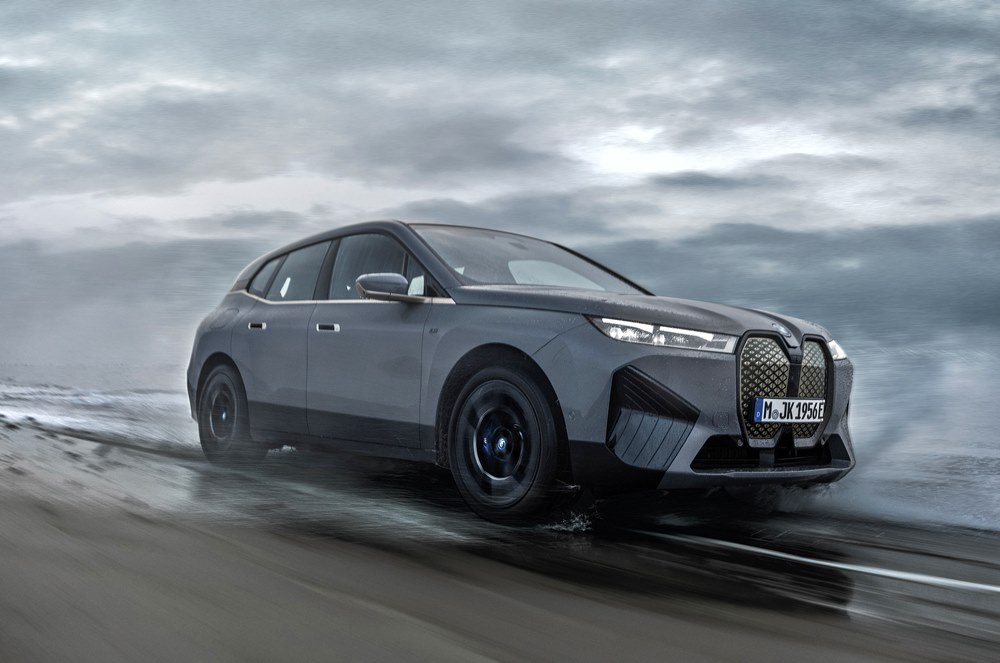
And now, with electrification underway, the company is also responding accordingly with the debut of its first fully electric model in this anniversary year. For a company like BMW M, which has built up a reputation producing cars with superlative performance means that the same kind of performance is expected even with electric models. This is promised with new iX M60, which has a powertrain output of 455 kW/619 ps and up to 1.015 Nm of torque. And while it is claimed to be able to go from 0 to 100 km/h in 3.8 seconds, it will also be able to travel up to 566 kms, factory tests have shown.
© Copyright – Piston.my 2024 Trademarks belong to their respective owners. All rights reserved